US Treasury dropped designation of China as currency manipulator on Monday, just two day ahead of the signing of trade agreement phase one. In the latest report, Treasury said with the deal, China had made “enforceable commitments to refrain from competitive devaluation”.
It’s noted that the Yuan has depreciated as far as 7.18 per U.S. dollar in early September. However, since then, the currency has rebounded. “In this context, Treasury has determined that China should no longer be designated as a currency manipulator at this time,” the report said.
USD/CNH’s decline accelerates to as low as 6.8648 after the news. 61.8% retracement of 6.6704 to 7.1964 at 6.8713 is already taken out. Focus will turn to long term fibonacci level of 38.2% retracement of 6.2358 to 7.1964 at 6.8295. This would be the key level to define the medium term trend.





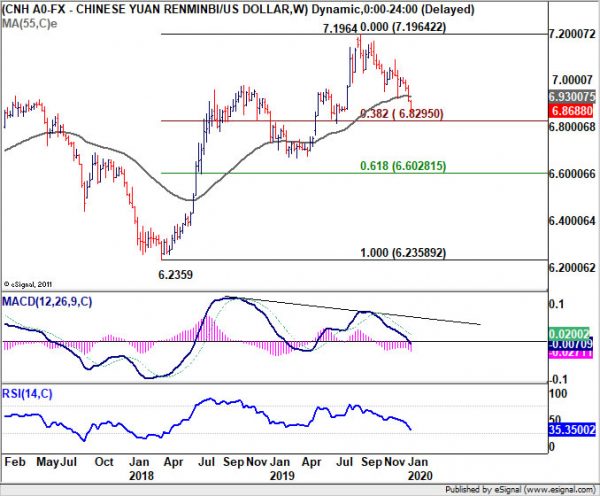
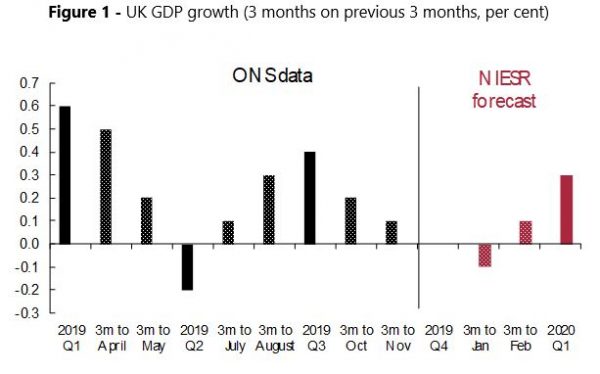
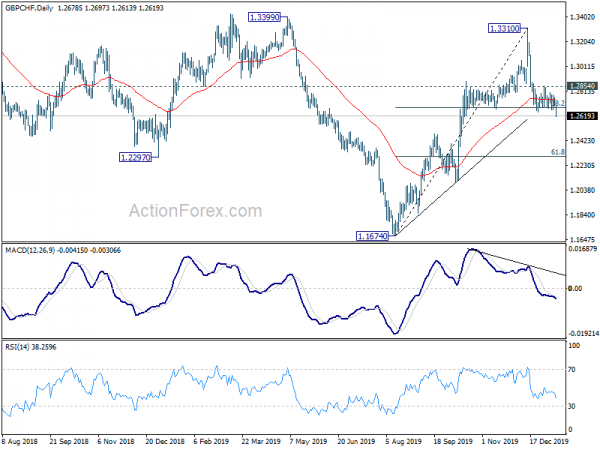
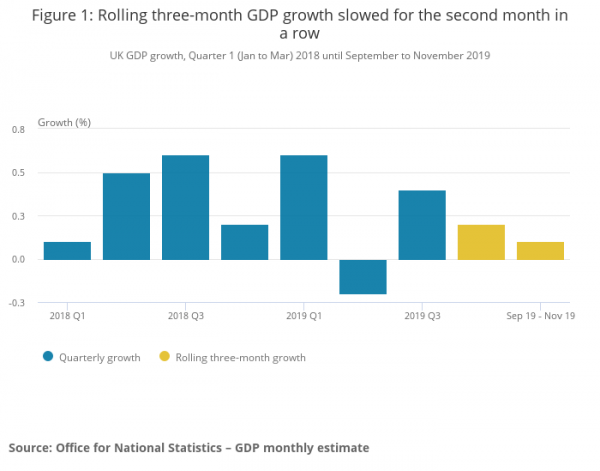
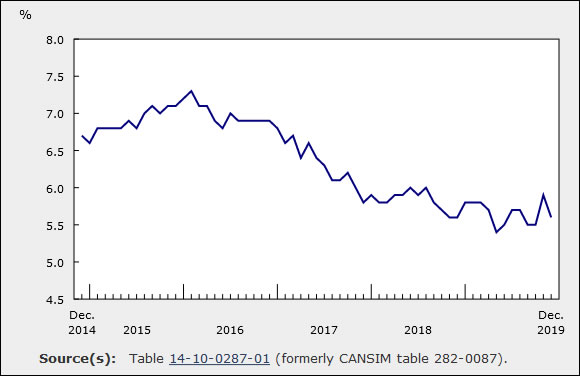
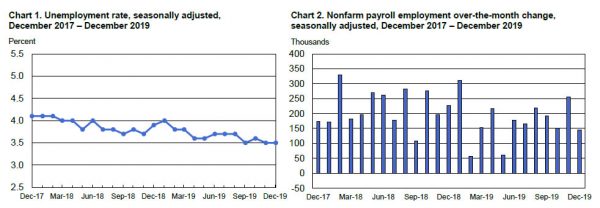
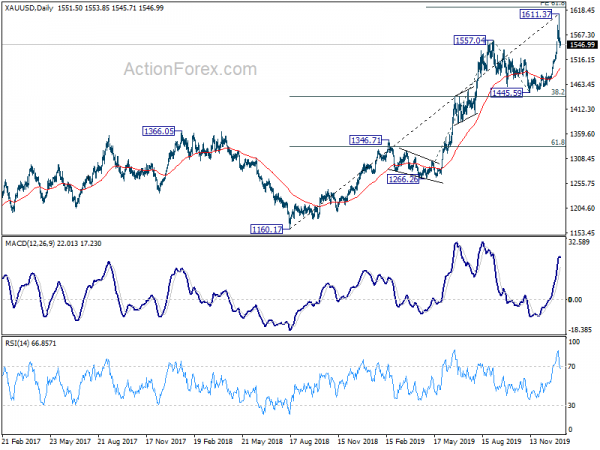
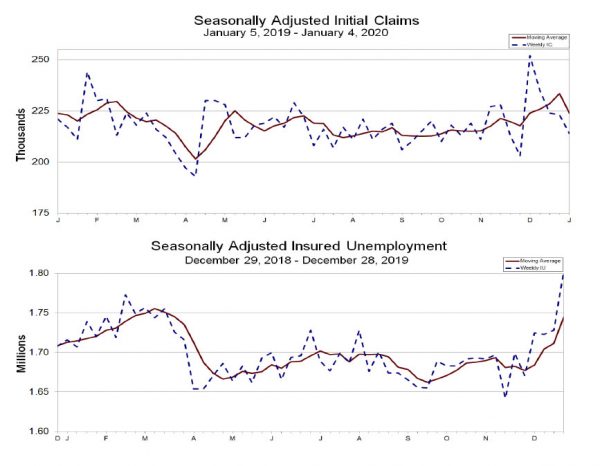
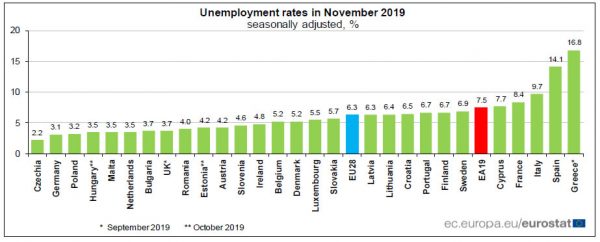

USTR Lighthizer is no Pollyanna on how China adheres to trade commitments
US Trade Representative Robert Lighthizer told Fox Business Network that the US-China trade deal to be signed on Wednesday is a”a really good deal for the United States”. But he’s no “Pollyanna” on how China would follow through the commitments. He just noted that “we’re tough, hard people, and we expect them to live up to the letter of the law.”
He added, “we will have people looking at whether or not they’re living up to their commitments on tech transfer, on IP, on financial services, opening on agriculture standards issues and the like.” “So, this is something that we’ll have to monitor.”
Lighthizer also said “we are about finished with the translation. It always takes time.” He was holding the English version of the deal and “we’re going to make it public on Wednesday before the signing.”